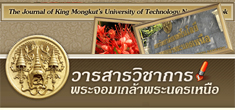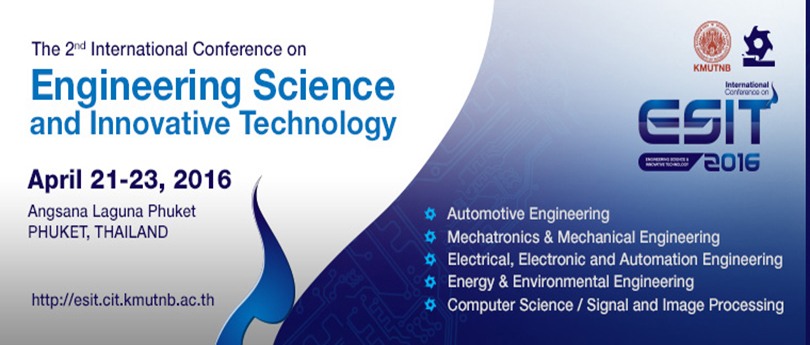Abstract
One of the critical environmental issue of a local pottery production industry is an air pollution emission from burning process without control systems. This may seriously cause health and environmental impacts. This study analyzed particulate matter (PM) concentration and its metal composition released from the wood-fueled burning process of the pottery production. Prediction of the pollutants dispersion was also performed using AERMOD model. A pottery factory in Muang district, Ratchaburi province was selected as a case study. PM sampling was performed at stack’s furnace throughout the burning process in two production cycles. PM were quantified by means of gravimetric method. A number of 15 metal elements in PM were then analyzed by using the ICP-OES instrument. The results found that averaged PM emission was 131 mg/m3. There were totally 8 metal species found as follow: Fe, Al, Zn, Mg, Ni, Cr, Mn and Cu. The model’s dispersion estimations showed PM alignments agreed with wind roses of the study area. The 24-hours-highest PM concentration (averaged both of the two production cycles) and the hazardous metals – Cr, Mn and Ni – were found below the national ambient PM10 standard and health related guidelines, respectively.
Keywords : Pottery industry, Particulate matter (PM), Metal composition, AERMOD model, Ratchaburi province




